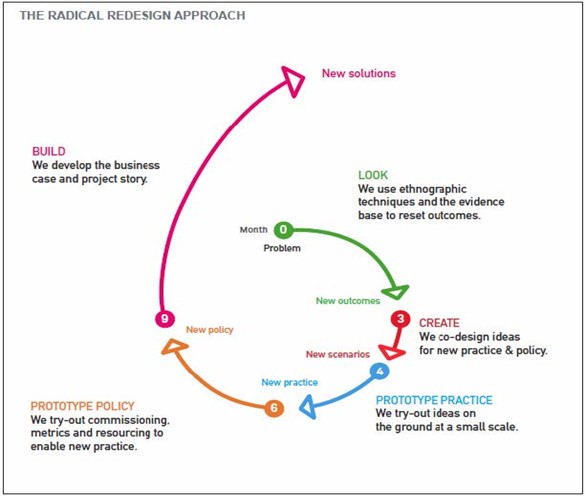TOPIC 4.6: Planning for Effective Participation
Identification of deliberate processes implies planning for consultation. A Good planning guide for achieving effective consultation may include:
- Consider the objective and the issues that could arise.
- Consider the objectives of consultation from your perspectives and those of the participants.
- Consider the decision-making process and determine a timetable for consultation.
- Identify potential stakeholders.
- Consider how the results of participation will be analysed and used.
- Determine how the results will be evaluated.
The method of consultation will be determined following consideration of:
- the nature of the issues and intent of the process
- the nature and needs of the targeted participants and stakeholders
- the type of information required from the process
- the resources available to undertake the processes – in terms of time, money and people.
The Australian Centre for Social Innovation (TACSI) is evolving a radical redesign methodology, which engages participants in social innovation through collaboration.
Figure 4.2 below provides an image of the redesign process, associated interventions and proposed timelines to achieve transformation.

Source: The Australian Centre for Social Innovation. (2012)[1]
One of the aspects of the radical redesign approach to services transformation is to engage the customers or client in the process from the very beginning i.e. to scope, inform, or co-design the process from the word go. Another aspect of the approach is to radically change the role of government in the provision of the service or the enabling of the service provision.
For example, in the area of addressing disadvantage or violence in particular communities, a ‘Family by Family’ approach has been effectively trialled and implemented in parts of South Australia and New South Wales. Families who have suffered and survived traumatic situations may volunteer to coach or mentor other families who are experiencing difficulties. The service is strength based, embedded in the community and auspiced by government or a non-government organisation.
Required
60 mins
Visit the TACSI website to see some interviews with families who participate in the initiative.
The Australian Public Service Framework for Engagement and Participation provides a useful and comprehensive set of principles and practices relevant to public sector engagement, as well as some useful tools. In particular, A Guide to the Right Engagement presents an interactive decision tool to help think through the appropriateness and implications of various forms of engagement, and their pros and cons.
Recommended
20 mins
Consider an instance where your organisation consulted with external individuals and/or organisations:
- Were you satisfied with the clarity of the objectives for the consultation?
- What sort of stakeholders and participants were involved?
- Are there things you could have done to improve the range of stakeholders involved?
- Did you receive any information that substantively contributed to the issue?
- Did you arrange for feedback to participants about the outcomes of the process?
- Do you consider this was a successful consultation for your organisation? How about for the external participants? Why?
- The Australian Centre for Social Innovation. (2012) Love-ins, Lobsters & Racing Cars. Great living in late adulthood. Radical Redesign, p4. ↵

